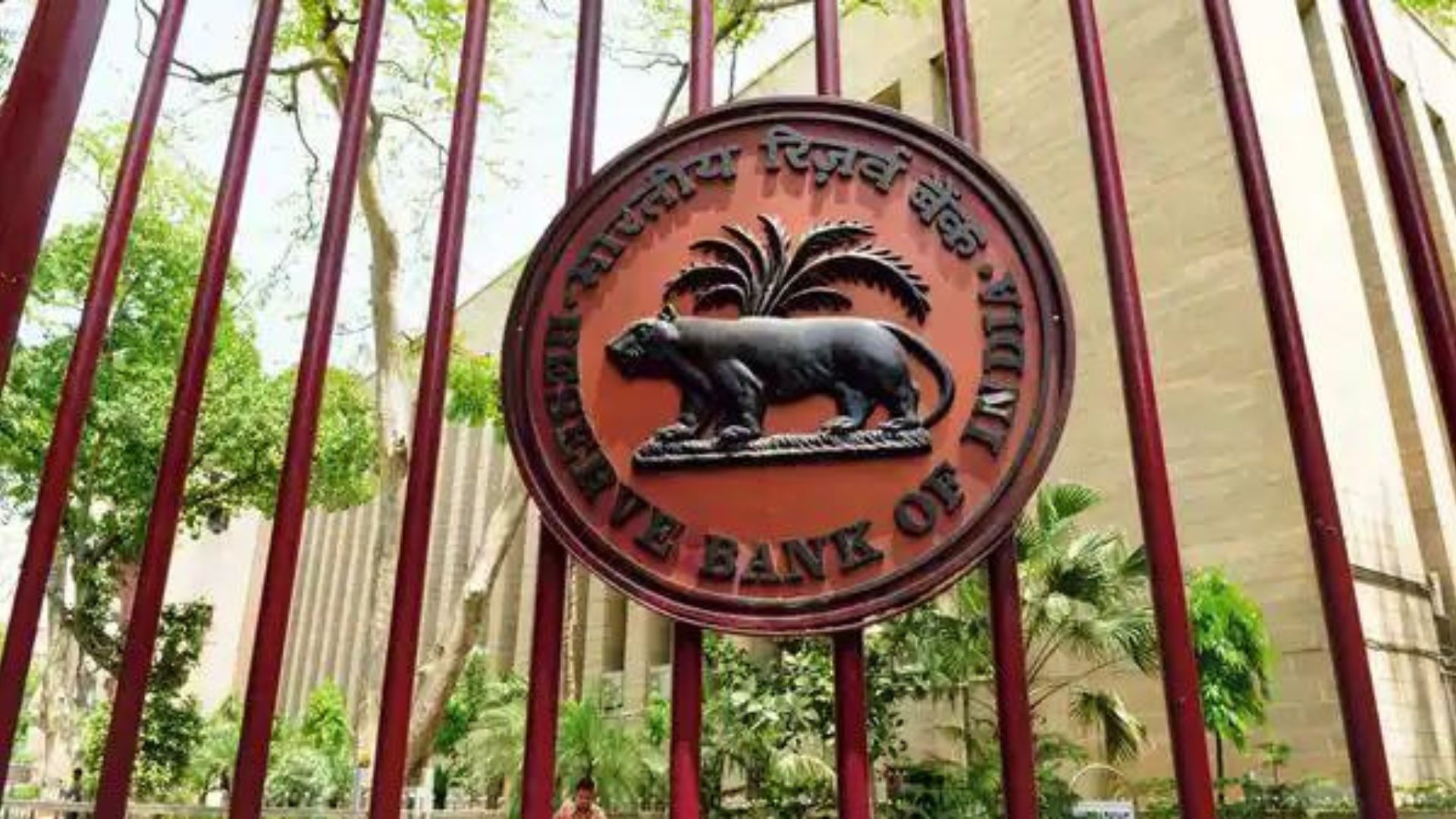A report by SBI highlights that the government’s fiscal deficit is expected to reduce by 30-40 basis points from the budgeted level of 5.1% of GDP. This follows the Reserve Bank of India’s (RBI) announcement of a record dividend of ₹2.11 lakh crore to the central government for the financial year 2023-24, signaling a significant reduction in the fiscal deficit.
“The declaration of a record dividend by the RBI today was well received by the financial markets, with benchmark yields softening to below 7%, indicating the positive impact of the highest ever surplus transfer. This is estimated to ease the fiscal deficit by 30 to 40 basis points from the budgeted level of 5.1% of GDP for FY25, as set in the Interim Budget,” the report stated.
Anand Mahindra, chairman of Mahindra Group, also attended the RBI meeting to approve the dividends. He shared in a social media post that the dividend transfer to the government has been approved, alongside an increase in the contingency risk buffer to 6.5% from 6%.
“I was very pleased to attend the @RBI board meeting earlier today and join with other directors to approve this record dividend. It’s important to note that this record amount was declared AFTER increasing the contingency risk buffer to 6.5 per cent from 6 per cent. I would like to compliment @DasShaktikanta & the entire team at the RBI for their diligent & judicious management of this vital institution” said Anand Mahindra, Chairman, Mahindra Group in a social media post.
With the surplus expected to alleviate the fiscal deficit, India’s economic landscape is poised to benefit from enhanced fiscal sustainability and prudent financial management. The report indicates that the substantial increase in the surplus can be attributed to higher income from the RBI’s forex holdings, among other factors. The RBI’s surplus was influenced by its Liquidity Adjustment Facility (LAF) operations and interest income from domestic and foreign securities holdings.
The provisional components of the RBI’s balance sheet reveal a marginal increase in domestic assets, while foreign assets saw a significant rise. The surplus in FY24 swelled due to higher domestic and foreign interest rates, and a reduction in payables under the LAF. Additionally, the increase in gold prices contributed to the overall expansion of the RBI’s balance sheet.
The RBI’s income rose from ₹1.6 lakh crore in FY22 to ₹2.35 lakh crore in FY23. The SBI report projects that the RBI’s income for FY24 will be approximately ₹3.75 to 4 lakh crore. It anticipates a 60-70% year-on-year increase in the RBI’s income, primarily from interest income on foreign securities and exchange gains from foreign exchange transactions.
The RBI stated that the surplus transfer to the government for FY24 is based on the Economic Capital Framework (ECF) adopted on August 26, 2019, following the recommendations of the Bimal Jalan committee.









